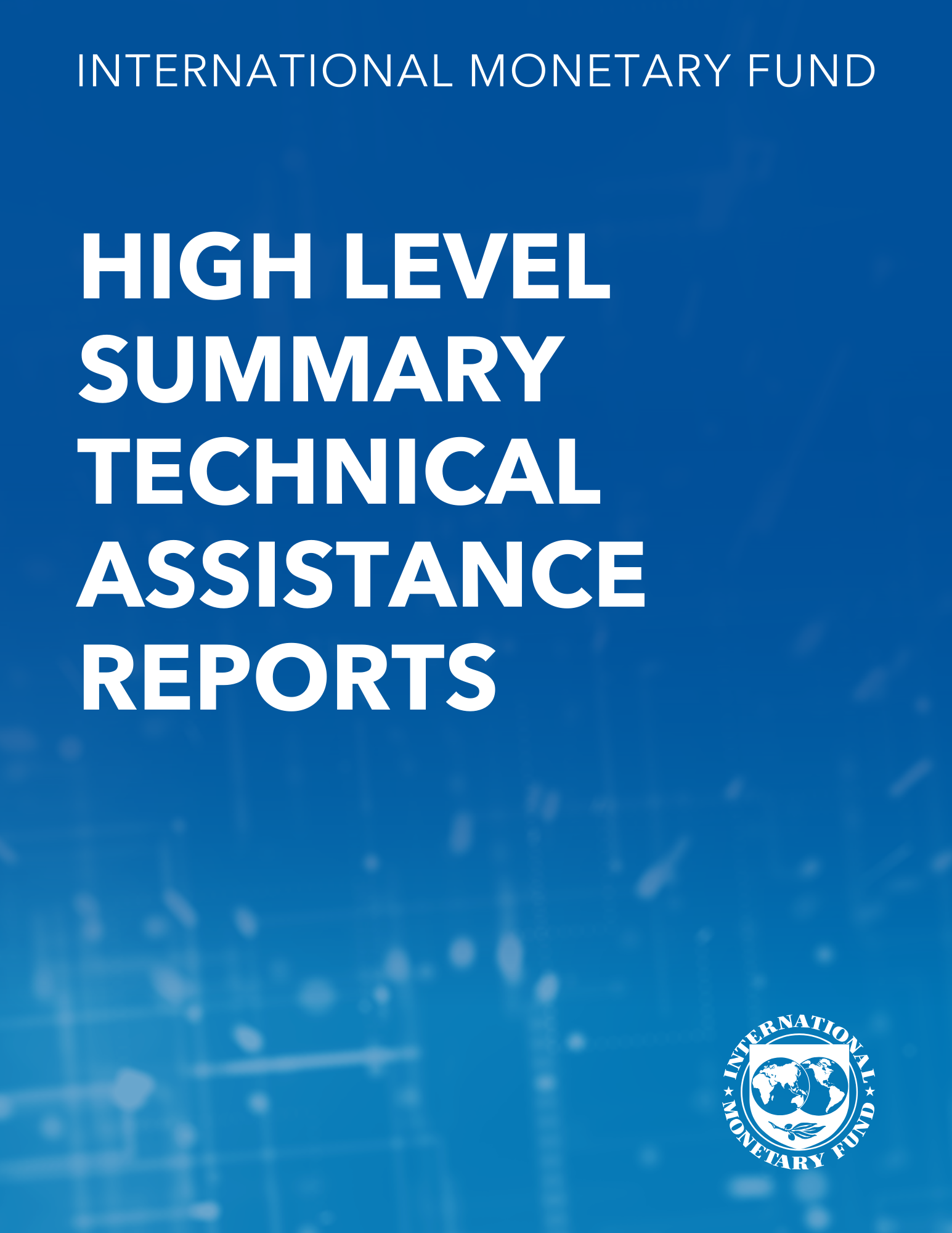Has Inventory Investment Been Liquidity-Constrained? Evidence From U.S. Panel Data
August 1, 2001
Disclaimer: This Working Paper should not be reported as representing the views of the IMF.The views expressed in this Working Paper are those of the author(s) and do not necessarily represent those of the IMF or IMF policy. Working Papers describe research in progress by the author(s) and are published to elicit comments and to further debate
Summary
Based on an analysis of high-frequency panel data for U.S. firms, this paper finds that inventory investment has been liquidity-constrained in most periods during 1975-97, but less so, or not at all, during recessions. This result can be justified on the grounds that inventory fluctuations are largely attributable to unexpected sales shocks, and that firms increase liquid assets before recessions. Moreover, this results holds irrespective of whether the firm has a bond rating, contrary to the finding of Kashyap, Lamont, and Stein (1994) that inventory investment is liquidity-constrained during recessions only for firms without bond ratings.
Subject: Asset and liability management, Bond ratings, Currencies, Financial institutions, Liquidity, Liquidity indicators, Liquidity management, Monetary policy, Monetary tightening, Money
Keywords: Bond ratings, Currencies, firm selection criterion, inventory investment, Liquidity, liquidity constraint, Liquidity management, liquidity position, monetary policy, Monetary tightening, mover accent, panel data, representative firm, S&P firm, sales growth, senior debt, WP
Pages:
41
Volume:
2001
DOI:
Issue:
122
Series:
Working Paper No. 2001/122
Stock No:
WPIEA1222001
ISBN:
9781451854497
ISSN:
1018-5941






